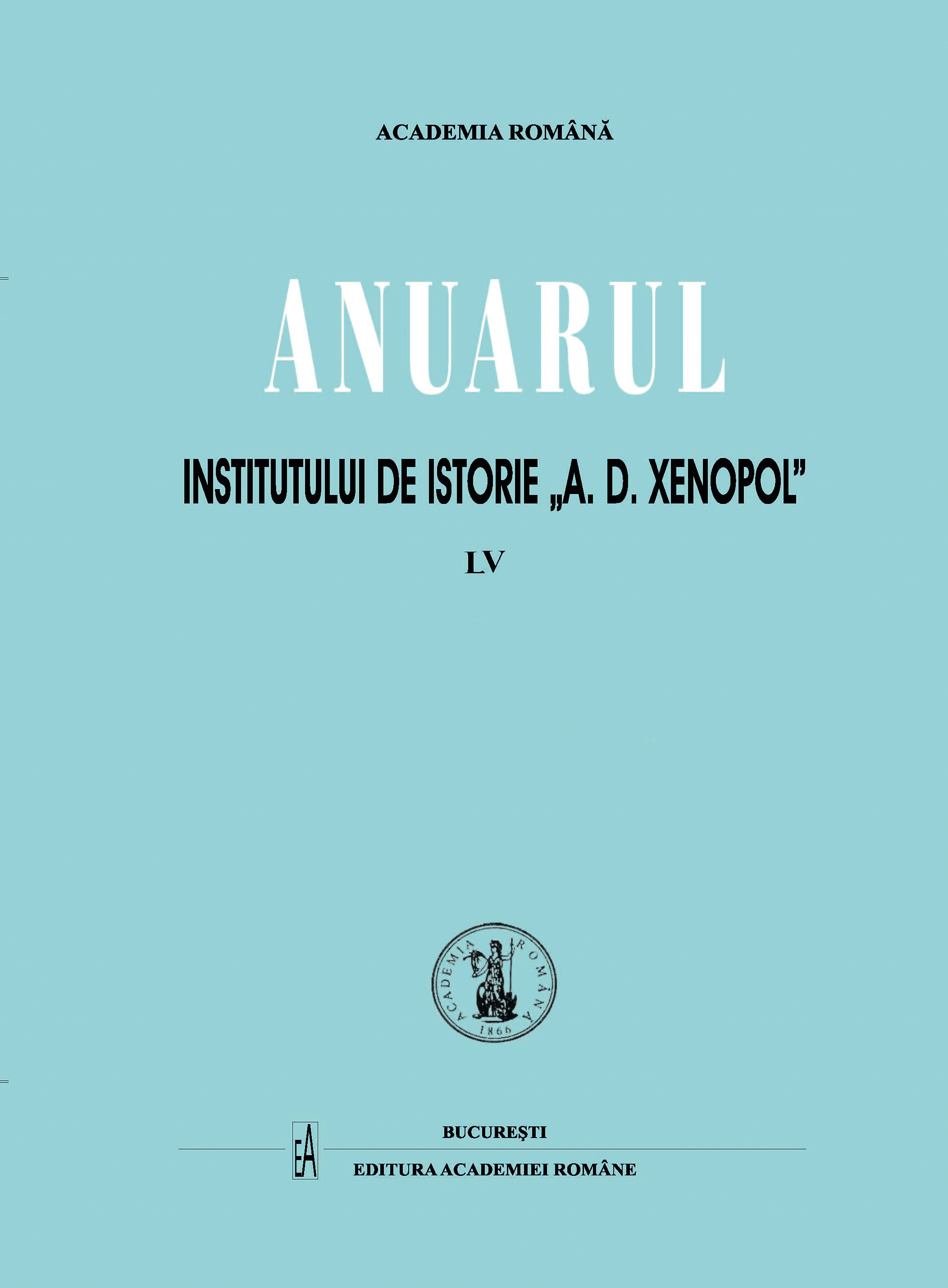Bașoteștii secolului al XIX-lea: Ioniță Bașotă şi Anastasie Bașotă
THE BAȘOTĂ FAMILY IN THE 19th CENTURY: IONIȚĂ BAȘOTĂ AND ANASTASIE BAȘOTĂ
Author(s): Andrei-Octavian VitcuSubject(s): History, Social history, Modern Age, 19th Century
Published by: Editura Academiei Române
Keywords: boyar; academic institution; Philanthropy; churches;
Summary/Abstract: The Başotă family is a good example from the middle class of the social elite among medieval and modern Moldavia, the so-called the country nobility or landlords; who have preserved their social condition for more than four centuries and who had moments when they could astend in the upper boyar class.The first historical mention of the Başotă family is about a certain Manoil Başotă, mentioned in a document of Alexander the Good, dated December 4, 1427, when he doing a donation to the Neamţ Monastery a “Bașoteani Village”. From here we can assume that the Bașotă family existed from long time ago; before of the Foundation of Moldavia.The Bașotă family ruled Pomârla from 1760, ended up with Anastasie Başotă, Knight of the order St. Stanislas, a hetman and a “logofăt” (the title of great dignitary in Romanian Boyar hierarchy), who helped young people from Pomârla, Corjăuţi, Lișna, Silișău, Vârnav and Cucorăni to have access to education.The last members of the Başotă family who were distinguished in the 19th century were Ioniţă Başotă (founder, great “spătar” − held the cavalry command) and his son Anastasie Başotă (knight, philanthropist, founder of the first academic institution in rural Romania and culture supporter).
Journal: Anuarul Institutului de Istorie »A.D. Xenopol« - Iaşi
- Issue Year: LV/2018
- Issue No: 55
- Page Range: 201-212
- Page Count: 12
- Language: Romanian

